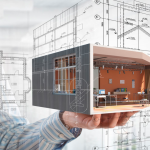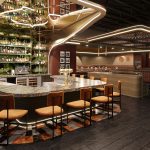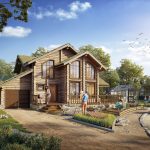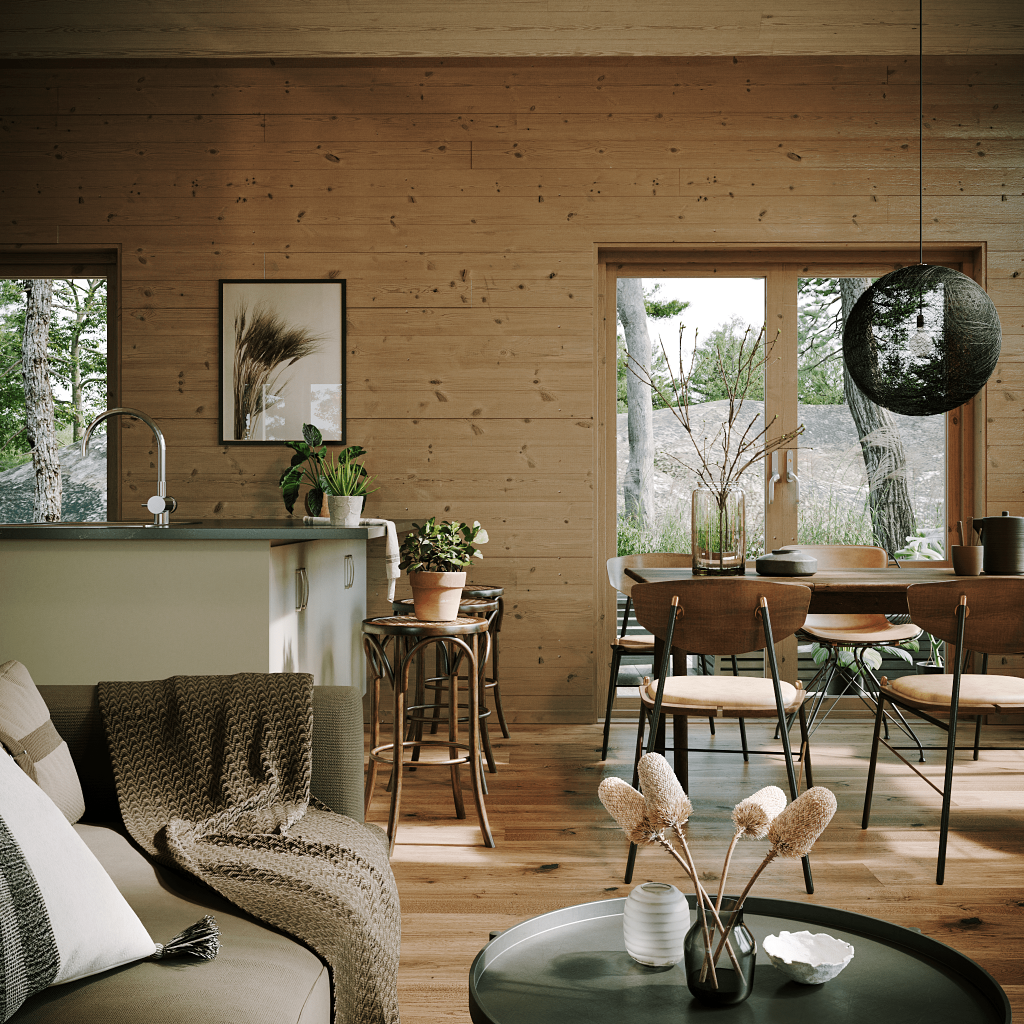
Hospitality design is all about creating spaces that feel like stepping into a fairy tale. Yet sketches and mood boards alone often fail to capture the full vision for clients and investors. Anything less than photorealistic visualizations demands a strong imagination or the ability to interpret technical drawings – skills not everyone has. That’s where hospitality design 3D rendering becomes essential.
CGI brings concepts to life by visualizing exteriors, interiors, and amenities of hotels, restaurants, bars, lounges, spas, and other hospitality spaces with photorealistic clarity. Stakeholders can explore every detail – from lighting and materials to spatial flow – long before construction begins. Compared to technical drawings or mood boards, 3D visuals offer a far clearer and more compelling way to present a hospitality concept. They help build emotional connections, speed up approvals, and eliminate miscommunication from the design process.
As a 3D rendering studio, we collaborate with hospitality professionals at every stage from design development to marketing materials creation. And we’re here to share everything you need to know about 3D renderings in this industry. Let’s dive in!
#1. Who Needs Hospitality Design 3D Rendering and Why?
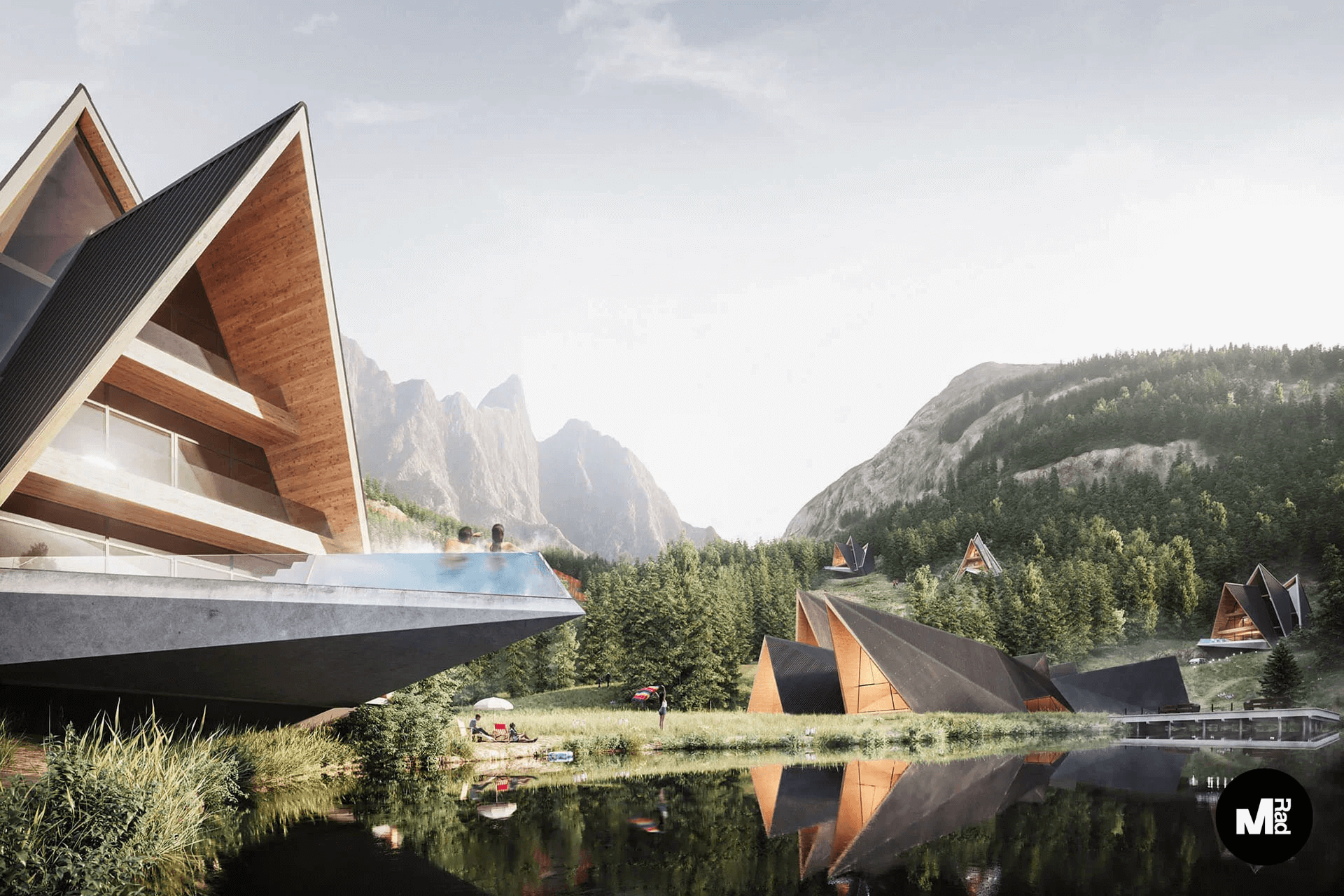
There are various clients who might need hospitality design 3D rendering services. Interior designers, architects, hospitality brands and developers, as well as real estate agencies and marketers, can all benefit from hospitality CGI in the different stages of project development.
- Interior designers and architects use 3D rendering to communicate their vision clearly to non-technical stakeholders. This helps align expectations and avoid costly design mistakes. Everyone involved sees the same picture – literally – reducing the risk of misunderstandings.
- Hospitality brands and developers benefit from 3D visuals when pitching to investors, applying for permits, or marketing a place long before it exists. It’s an essential tool for securing approvals and funding.
- Agencies and marketers use hospitality CGI to generate early interest in spaces and services through sharing striking promotional content on multiple platforms. These visuals create strong impressions that drive inquiries and bookings.
#2. What Makes 3D Rendering So Valuable in Hospitality Design
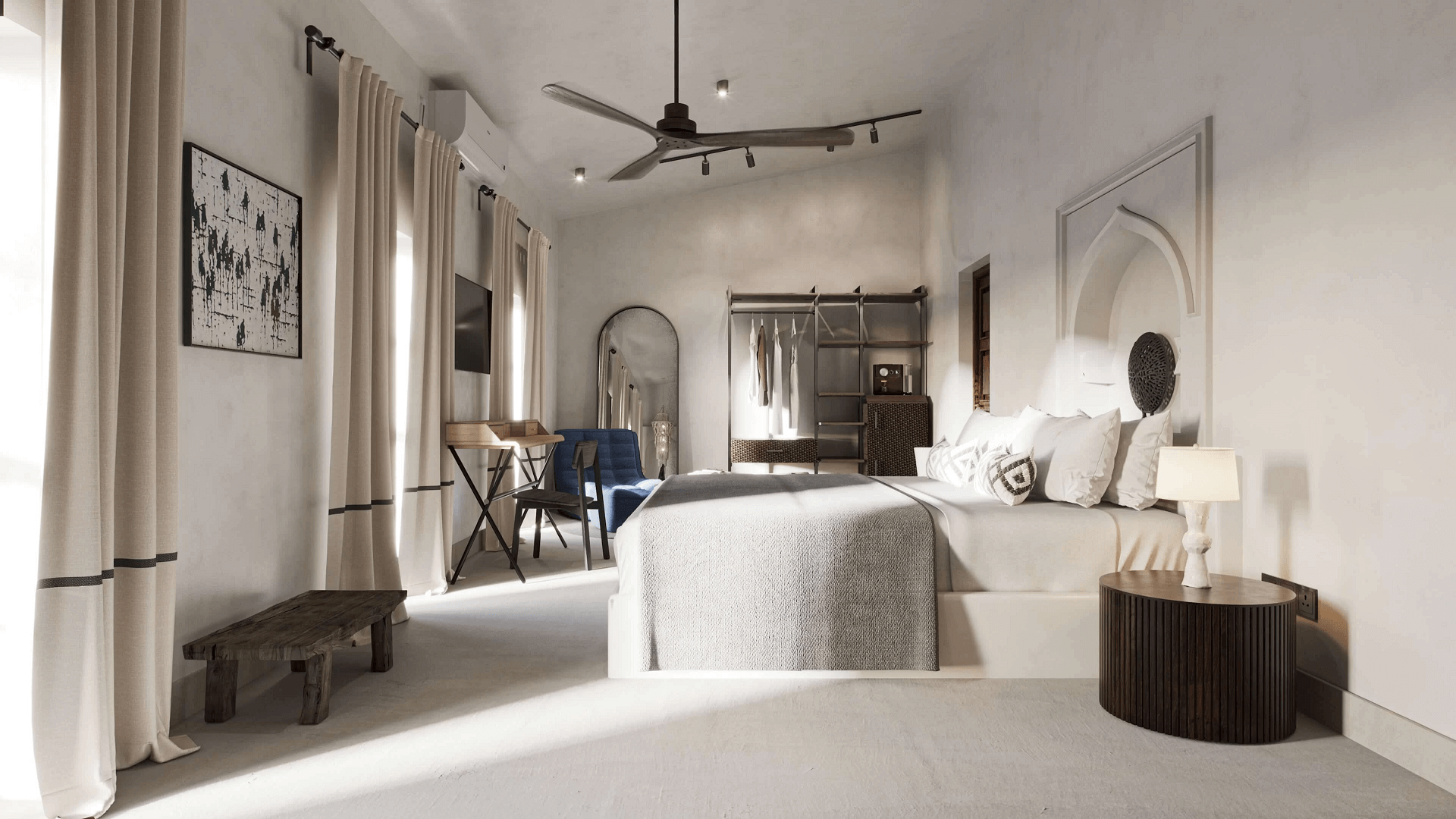
Hospitality design is about creating a desirable atmosphere that invites guests in. 3D rendering plays a key role in this by transforming ideas into vivid, photorealistic visuals. Here’s why it’s so useful:
- Brings abstract concepts to life – allows stakeholders to see the design before it’s built.
- Accelerates decision-making – makes it easy to test styles, materials, and layouts.
- Reduces errors and miscommunication – ensures everyone is aligned from the start.
- Speeds up approvals – helps projects move forward faster with visual clarity.
- Boosts early marketing and bookings – creates emotional engagement with the space before it exists.
With 3D rendering, potential guests can picture themselves relaxing in a spa, dining in a restaurant, or checking into a hotel long before the experience becomes a reality.
#3. Types of Hospitality 3D Rendering
So, what are the types of hospitality 3D rendering you can commission to a CGI services provider?
#3.1 Exterior 3D Rendering
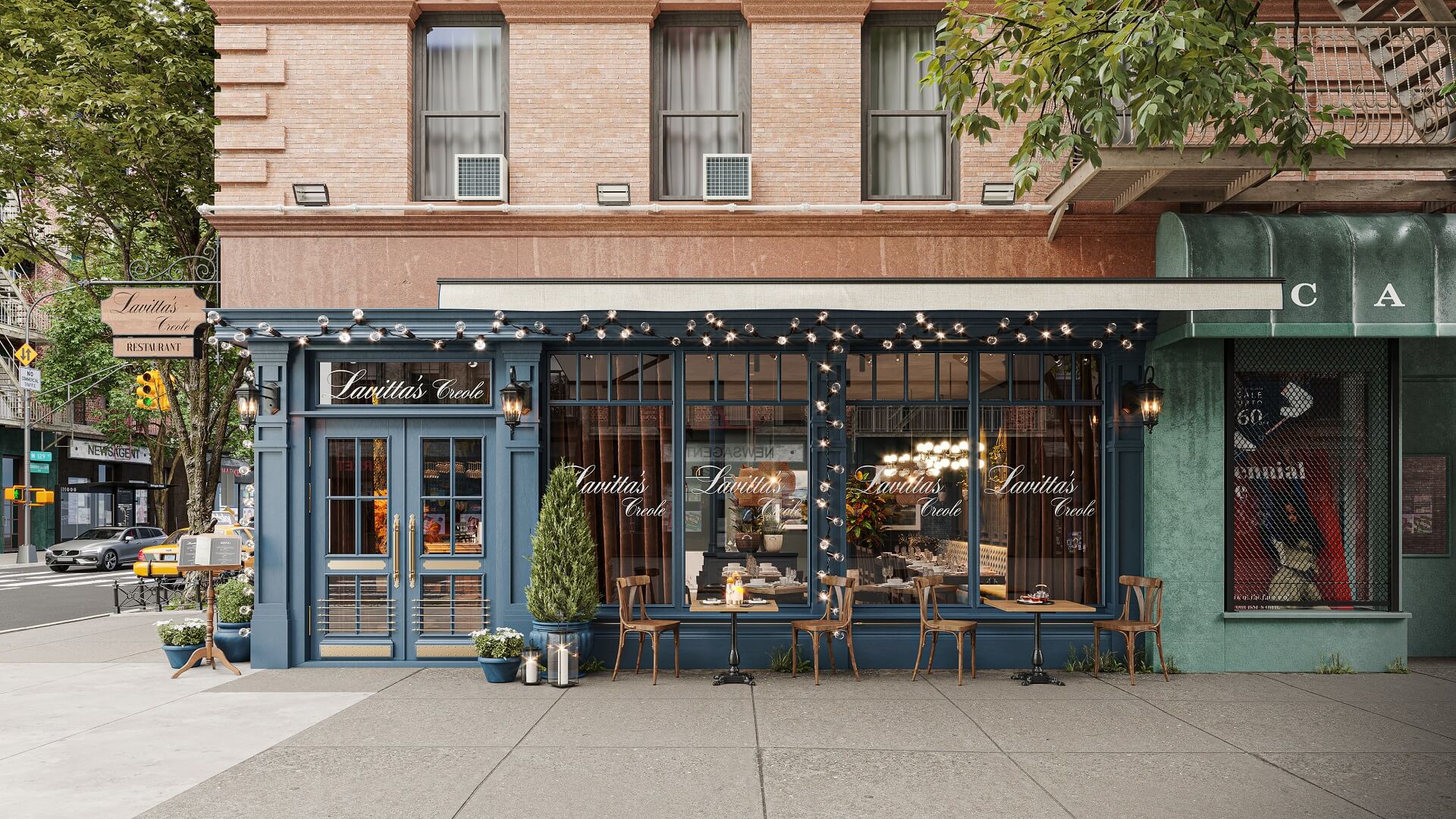
Exterior rendering serves as the visual gateway to hospitality projects. It provides a comprehensive view of both the functionality and aesthetics of the architectural design. First and foremost, this type of rendering allows designers to showcase the facade. However, the usage of exterior CGI is not necessarily limited to a static frontal shot. One can use multiple perspectives, for example, eye-level side angles, bird’s eye views, etc.
#3.2 Interior 3D Rendering
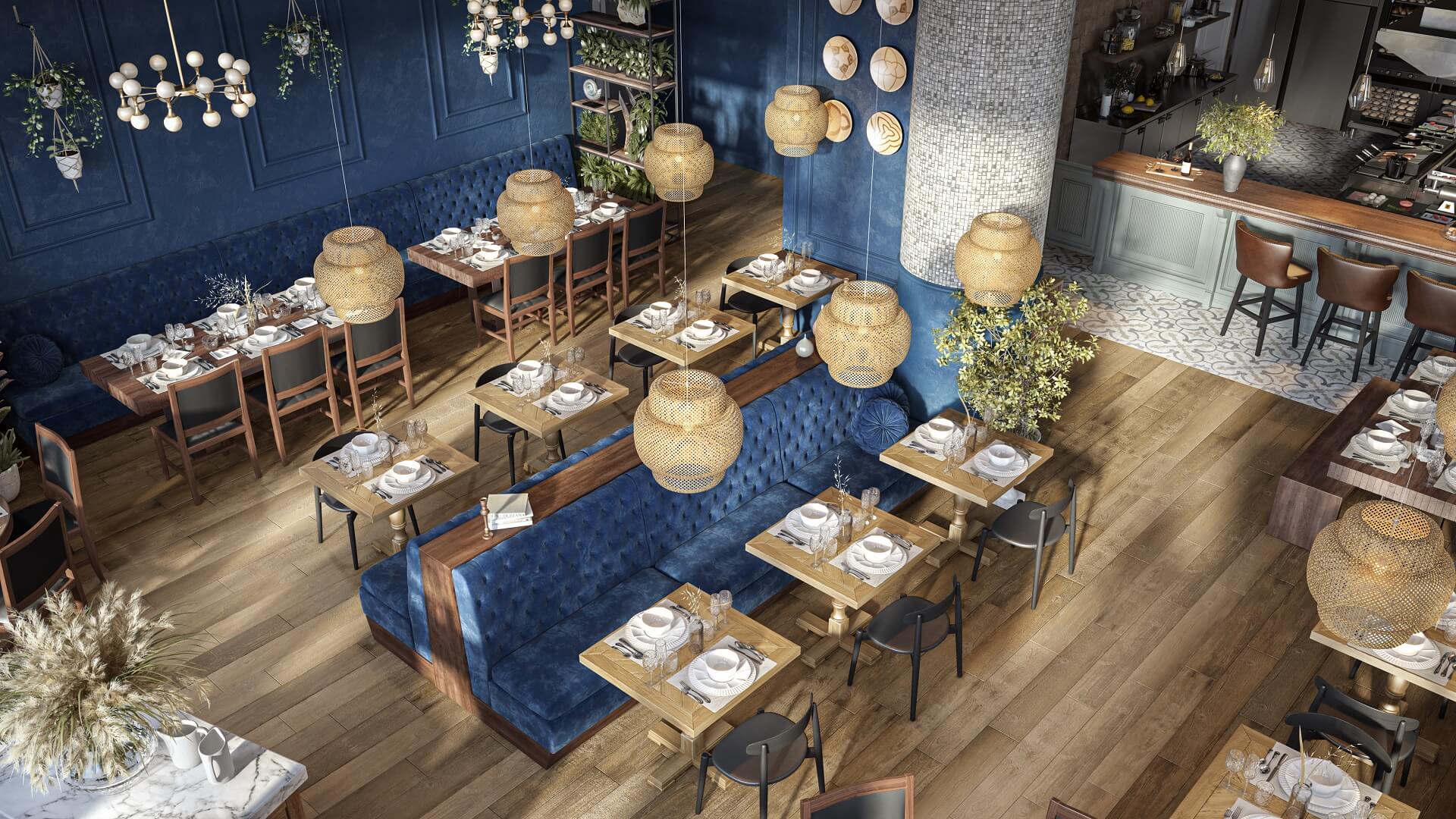
This type of hospitality design 3D rendering allows one to examine all the details of the designed spaces. Whether a designer wants to showcase cozy suites, inviting lobbies, posh restaurants, atmospheric bars, or other essential areas, interior rendering comes in handy.
#3.3 Amenities 3D Rendering
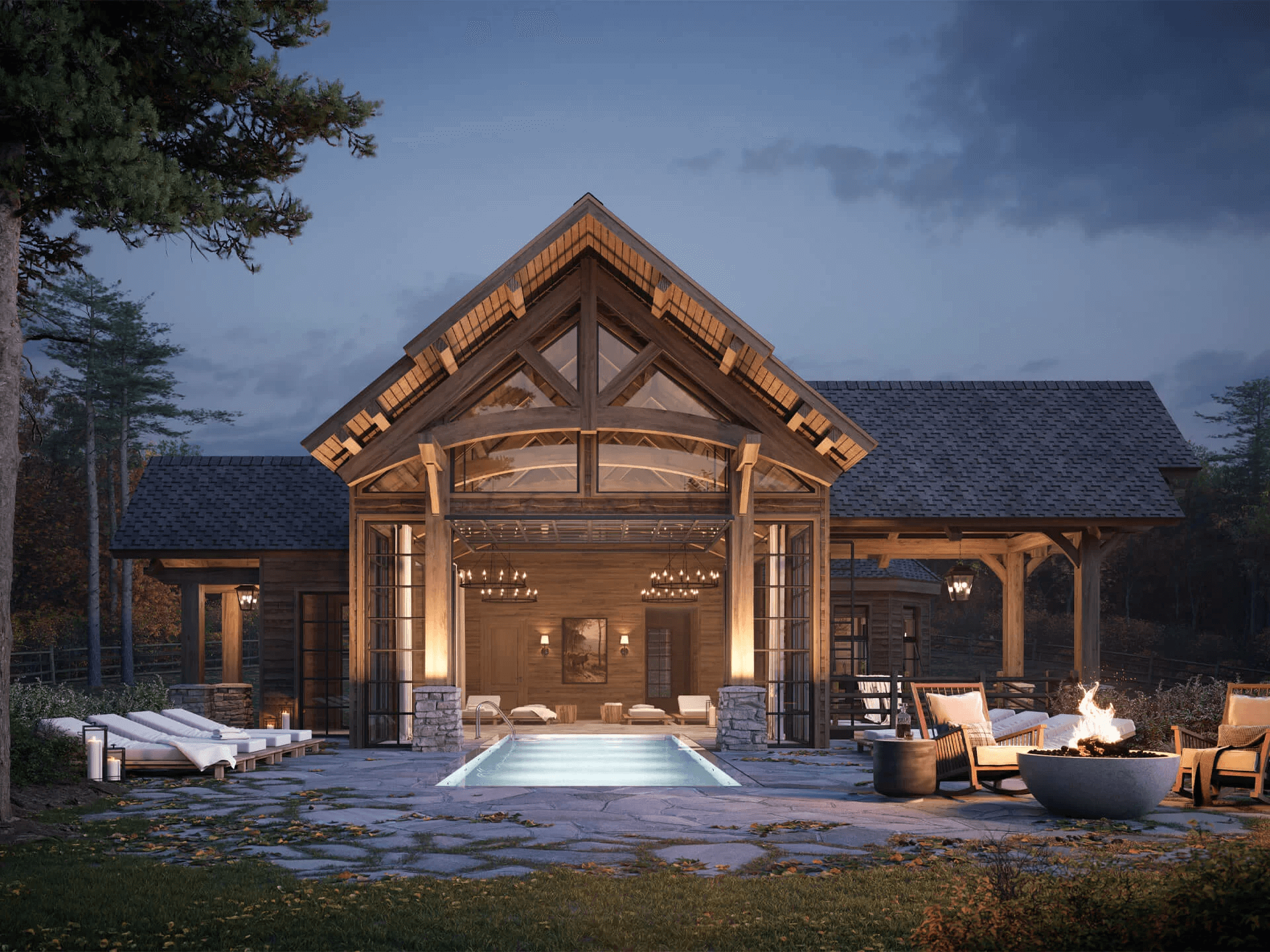
For hospitality projects especially, amenities play a crucial role. Therefore, it’s essential to showcase them in their full splendor. Renderings focusing on pools, bars, gyms, etc., can provide a detailed look at these facilities and the comfort they offer.
#3.4 Close-Up 3D Rendering
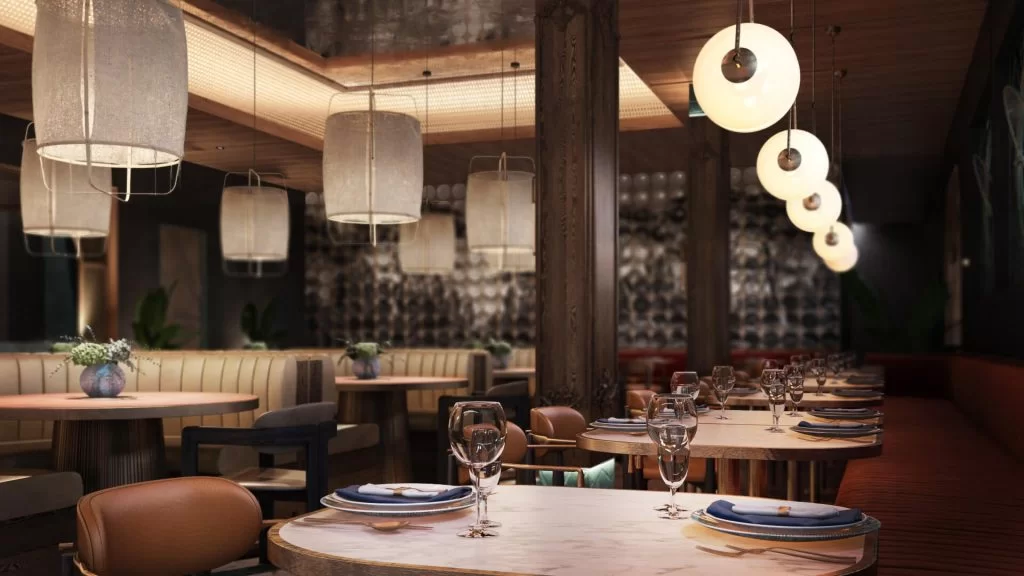
Close-up 3D renders focus mostly on the interior elements. They show textures and fine details. Such renderings are great for emphasizing specific design features. This way, they highlight the uniqueness of the presented hospitality concept. A close-up hospitality design 3D rendering can be crucial for conveying the atmosphere of the space.


